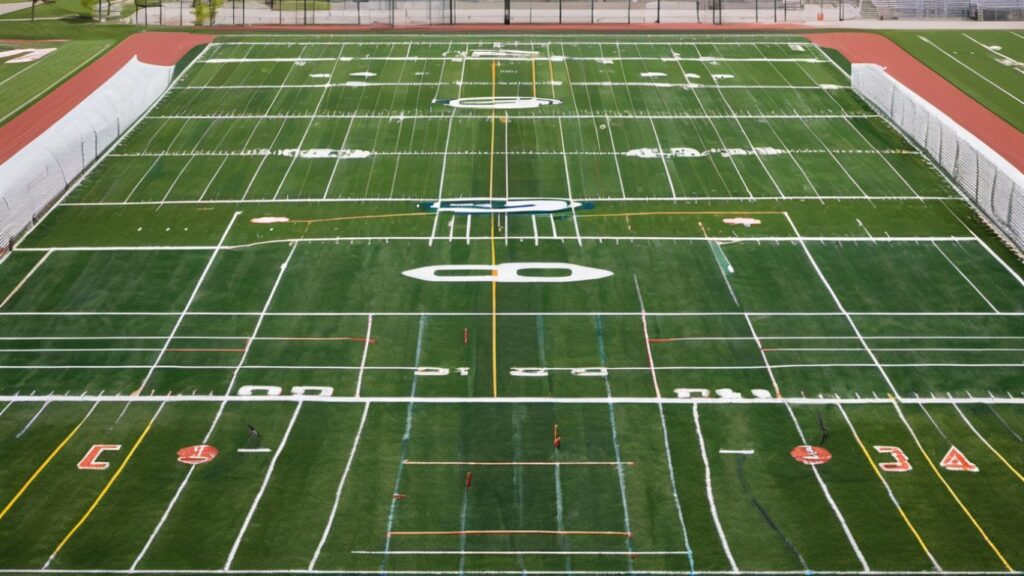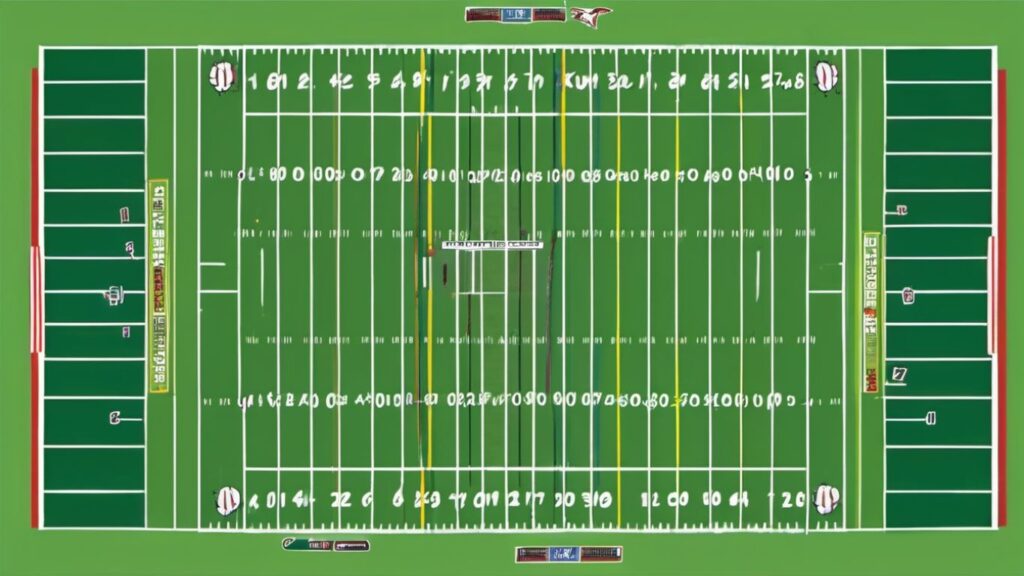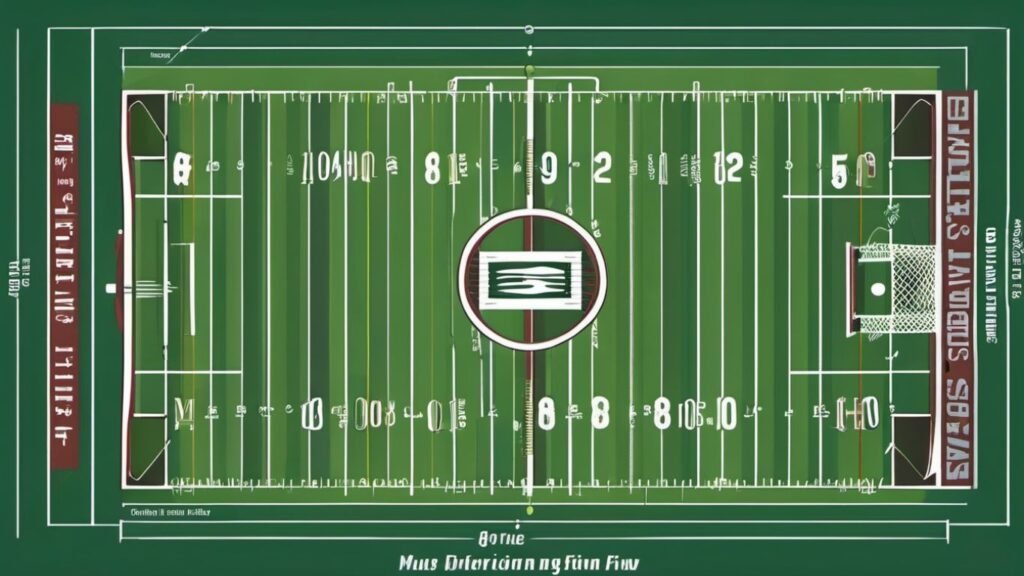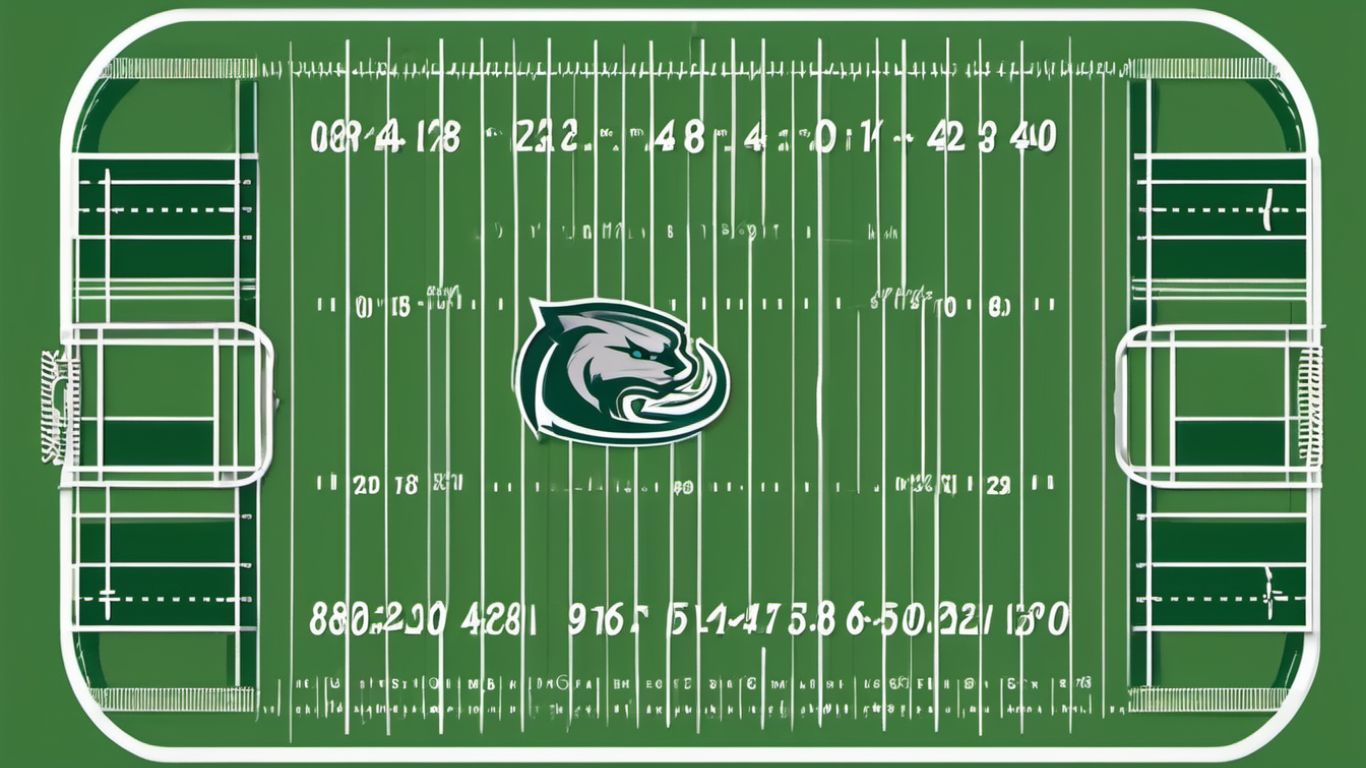Lacrosse, often dubbed the “fastest game on two feet,” requires a field that matches the pace and excitement of the sport. Understanding the dimensions of a lacrosse field is essential for players, coaches, and fans alike. In this guide, we’ll explore the specifics of a men’s lacrosse field, its historical context, and how its size impacts gameplay.
History of Lacrosse Field Measurements
The origins of lacrosse can be traced back to Native American tribes, where the game was played on vast, open fields, sometimes spanning miles. Over time, as the sport was formalized and rules were established, the dimensions of the field were standardized to ensure consistency and fairness in play.
Official Size of a Men’s Regulation Lacrosse Field
Field Length
A regulation men’s lacrosse field is 360 feet long.
Field Width
The width of the field is 180 feet.
Goal Area Size
Each goal area, also known as the crease, has a radius of 9 feet from the goal line, forming an 18-foot-diameter circle.
Comparison to Other Sports Fields
To put these dimensions into perspective:

- Football Field: An American football field is 360 feet long (including end zones) and 160 feet wide, making it narrower than a lacrosse field.
- Soccer Field: Soccer fields vary in size but typically range from 330 to 360 feet in length and 210 to 240 feet in width. Thus, a soccer field can be both longer and broader than a lacrosse field.
- Rugby Field: A rugby field is roughly 330 feet long and 223 feet wide, again wider than a lacrosse field.
Importance of Field Size in Gameplay
The size of the lacrosse field significantly influences how the game is played:
- Space and Speed: The large field allows for high-speed play and strategic spacing, which is crucial for both offensive and defensive manoeuvres.
- Player Positioning: The dimensions dictate player positions and movement. Midfielders need to be exceptionally fit to cover the entire field, while attack and defence players focus on specific areas.
- Strategic Play: Coaches design plays and strategies based on the field’s dimensions, utilizing the space to create scoring opportunities and defensive setups.
Factors Influencing Field Dimensions
While the official dimensions are standardized, several factors can influence the actual play area:

- Field Conditions: Natural grass fields may have slight variations in size due to maintenance and natural growth patterns.
- Venue Limitations: Some venues may adjust field dimensions slightly to fit within available space, though they aim to adhere as closely as possible to the standard measurements.
- Youth and Women’s Lacrosse: Different lacrosse leagues, such as women’s and youth lacrosse, may have variations in field size to accommodate the players’ age and skill levels.
FAQs
What is the standard dimension of a men’s lacrosse field?
A regulation men’s lacrosse field is 360 feet long and 180 feet wide, with each goal area forming an 18-foot-diameter circle.
How does the size of a lacrosse field compare to a football field?
A men’s lacrosse field is the same length as an American football field (360 feet), but it is wider: 180 feet wide compared to 160 feet for a football field.

Why are there different field sizes for youth and women’s lacrosse?
Youth and women’s lacrosse have variations in field size to accommodate the players’ age and skill levels. These modifications help ensure safety and promote a more enjoyable playing experience.
Canfield conditions affect the dimensions of a lacrosse field?
Yes, natural grass fields may have slight variations in dimensions due to maintenance and natural growth patterns. While artificial turf fields are generally more consistent, all fields aim to adhere as closely as possible to the standardized measurements.
How does field size impact gameplay in lacrosse?
The size of the field significantly impacts gameplay by allowing for high-speed play, strategic spacing, and specific player positioning. Midfielders, for example, need to cover the entire field, while attackers and defenders focus on their designated areas.
Are there any exceptions to the standard field dimensions in official games?
Although the dimensions are standardized, venue limitations may necessitate slight adjustments to the field size. However, officials strive to maintain the standard measurements as closely as possible to ensure fairness in play.
Conclusion: Impact of Field Size on Lacrosse
Understanding the dimensions of a lacrosse field is more than just knowing numbers; it’s about appreciating how these measurements shape the game itself. From player positioning to strategic plays, the size of the field is a fundamental aspect that every lacrosse enthusiast should comprehend.
Whether you’re a player, coach, or fan, grasping these dimensions will enhance your appreciation of the sport and improve your ability to engage with it effectively. For those looking to step onto the field, these insights can provide a competitive edge.
—
By familiarizing yourself with the size and layout of a men’s lacrosse field, you’ll gain a deeper understanding of the strategies involved and the skills required to excel in this thrilling sport.










